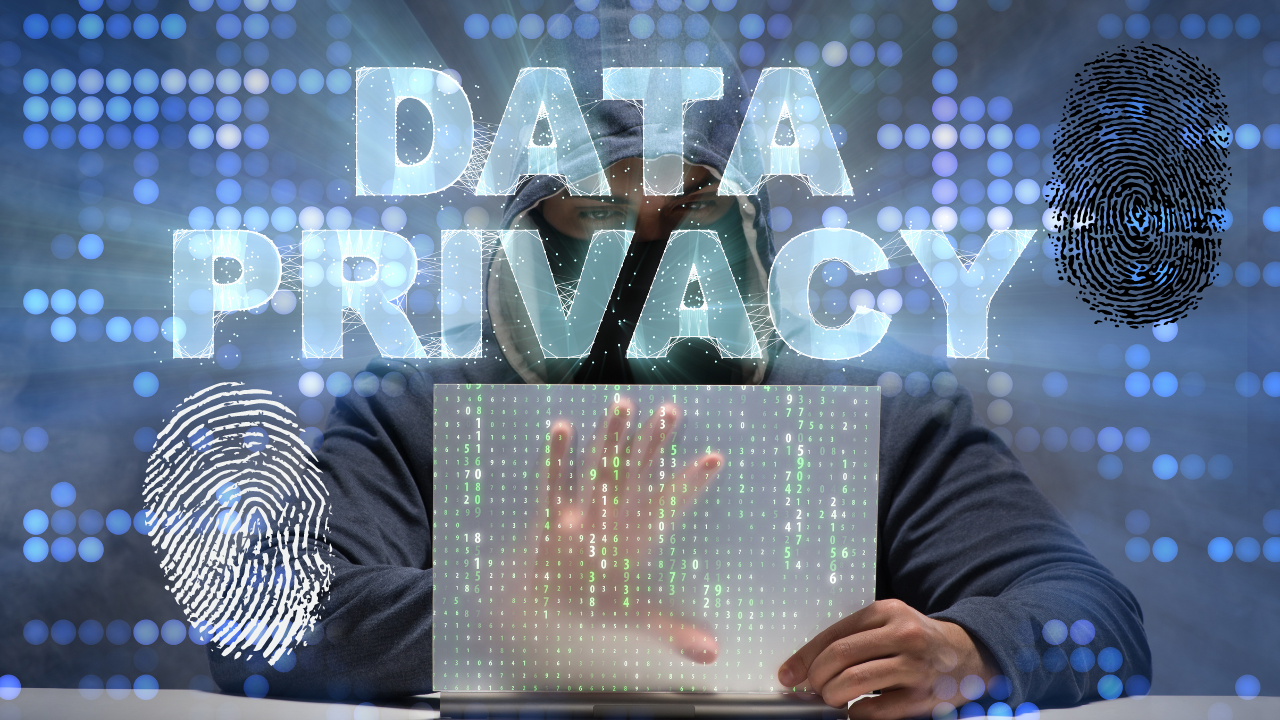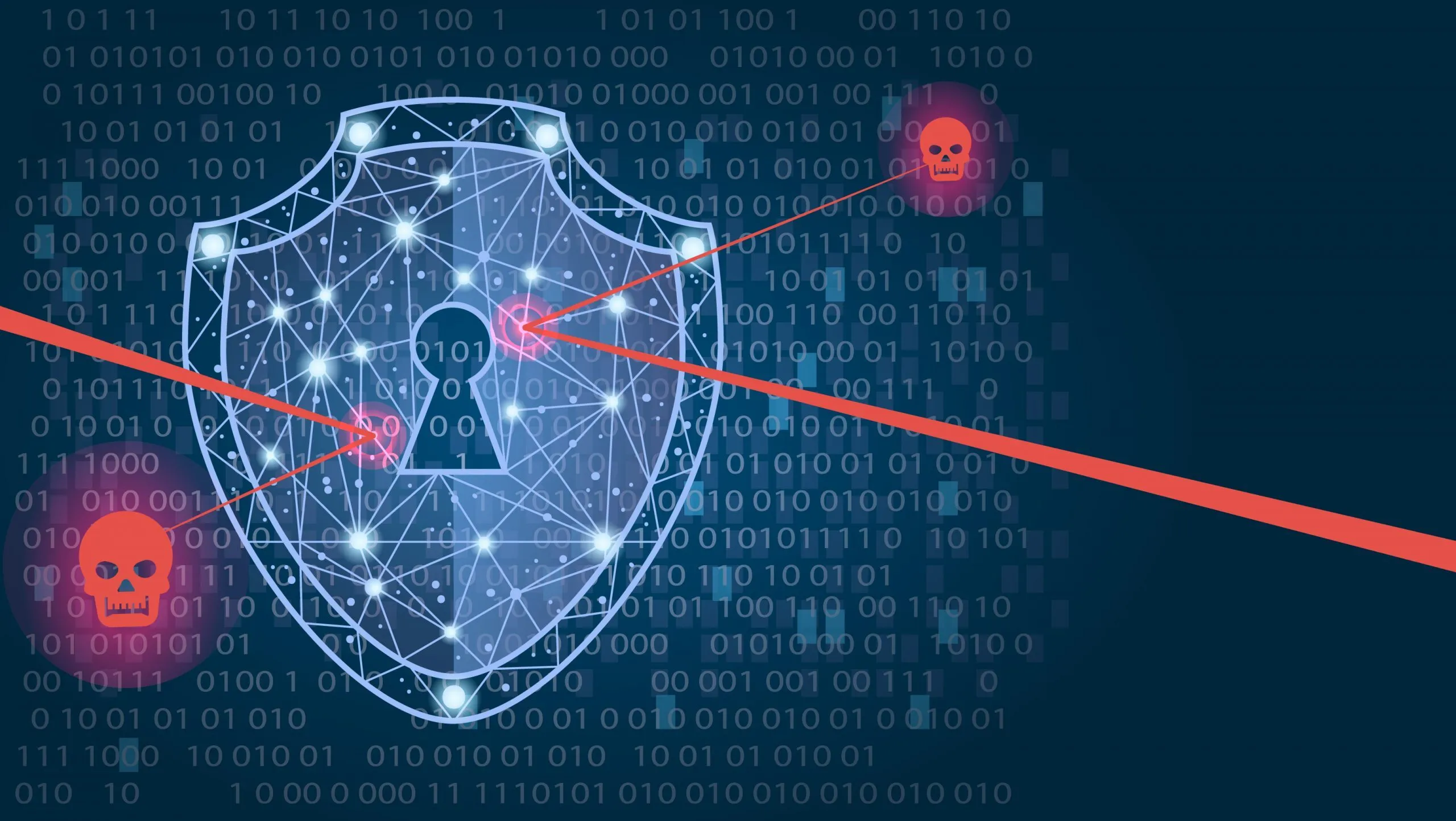OKAY, savvy internet surfers!
Today we’re diving into a topic that’s more important than ever: your PII—Personally Identifiable Information.
With cyber threats on the rise, understanding how to protect your personal data is crucial.
So, grab a cup of coffee, get comfy, and let’s break down what you need to know about safeguarding your PII in 2024.
Why You Should Care About PII
Alright, let’s kick things off with a simple question: Why should you care about PII?
Well, personally identifiable information includes anything that can be used to identify you—like your name, address, social security number, and even your email.
In the wrong hands, this info can lead to identity theft, financial loss, and a whole lot of headaches.
Sounds scary, right?
Well don’t worry, I have some tips to help protect yourself.
1. Know What Counts as PII
First things first—what exactly is PII?
Here’s a quick rundown:
– Basic Info: Your full name, home address, email address, phone number, and date of birth.
– Sensitive Info: Social security number, driver’s license number, passport number, and financial account numbers.
– Digital Footprints: IP addresses, login credentials, and biometric data (like fingerprints or facial recognition).
Understanding what constitutes PII is the first step in keeping it safe.
If you can identify it, you can protect it.
2. Keep Your Data Secure Online
Let’s talk about the digital world.
With so much of our lives online, it’s essential to take steps to protect your PII on the internet:
– Use Strong Passwords: Create complex passwords and change them regularly. Consider using a password manager to keep track of them.
– Enable Multi-Factor Authentication (MFA): Add an extra layer of security by enabling MFA on your accounts. This way, even if someone gets your password, they can’t access your account without the second factor (like extra codes sent to your phone, facial recognition, fingerprints, etc).
– Be Wary of Public Wi-Fi: Avoid accessing sensitive information over public Wi-Fi networks. If you must, use a VPN to encrypt your connection.
3. Be Smart About Sharing
It’s tempting to share details about your life on social media, but be cautious about what you post:
– Limit Personal Info: Avoid sharing your full address, phone number, or other sensitive info on social media platforms.
– Check Privacy Settings: Regularly review and update your privacy settings to control who can see your information.
– Think Before You Post: Remember, once something is online, it’s there forever. Think twice before posting personal details.
My rule of thumb… if I didn’t want EVERYONE to see it – even complete strangers in other countries… don’t share it.
4. Watch Out for Phishing Scams
Phishing scams are getting more sophisticated, so it’s crucial to stay vigilant:
– Don’t Click on Suspicious Links: Be cautious of unsolicited emails or messages asking for your personal information. Verify the sender before clicking any links. I’ll take this even further and say – don’t click ANY links UNLESS your ABSOLUTELY positive you KNOW it’s source.
– Look for Red Flags: Watch out for poor grammar, urgent language, or requests for sensitive information—these are often signs of a phishing attempt.
– Verify Requests: If you receive an unexpected request for personal information, contact the company directly using a verified phone number or email address.
5. Monitor Your Accounts Regularly
Keeping an eye on your financial accounts and credit reports can help you spot suspicious activity early:
– Check Statements: Regularly review your bank and credit card statements for any unauthorized transactions.
– Monitor Credit Reports: Get free annual credit reports from the major credit bureaus and review them for inaccuracies or signs of identity theft.
– Set Up Alerts: Many banks and credit card companies offer alerts for suspicious activity. Set these up to stay informed about your accounts.
Stay Vigilant and Protect Your PII
Protecting your PII is all about staying informed and taking proactive steps.
In 2024, cyber threats are more prevalent than ever, but with the right knowledge and tools, you can keep your personal information safe.
So, remember to use strong passwords, enable MFA, be cautious about what you share, watch out for phishing scams, and monitor your accounts regularly. By doing this, you’ll stay one step ahead be more likely to keep your identity more secure.
Sign up for your free Security Assessment here.

